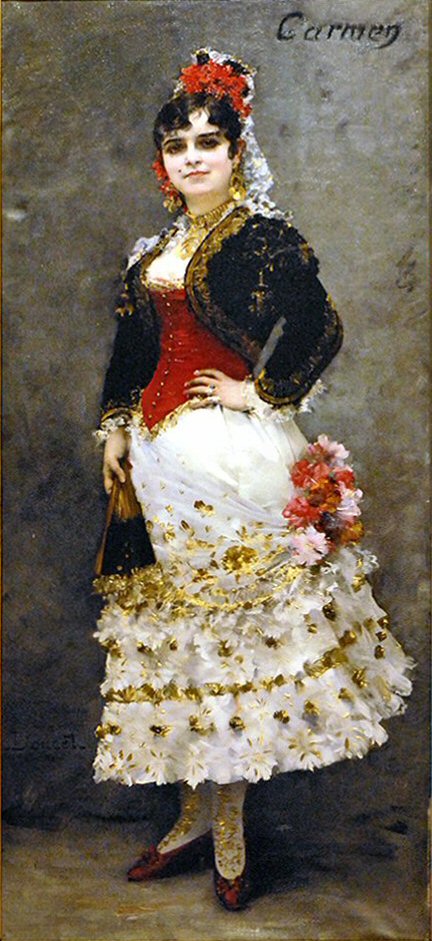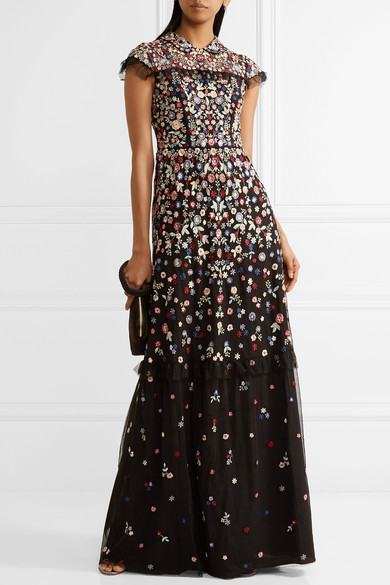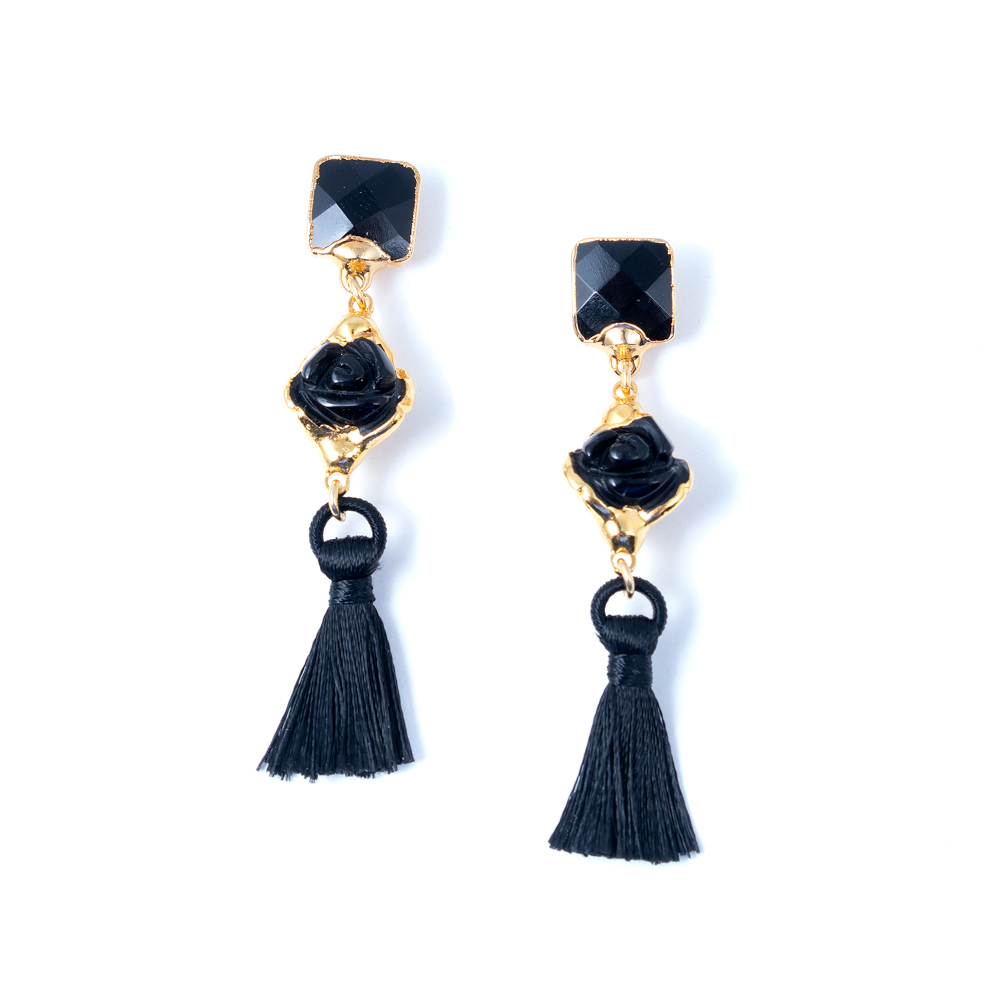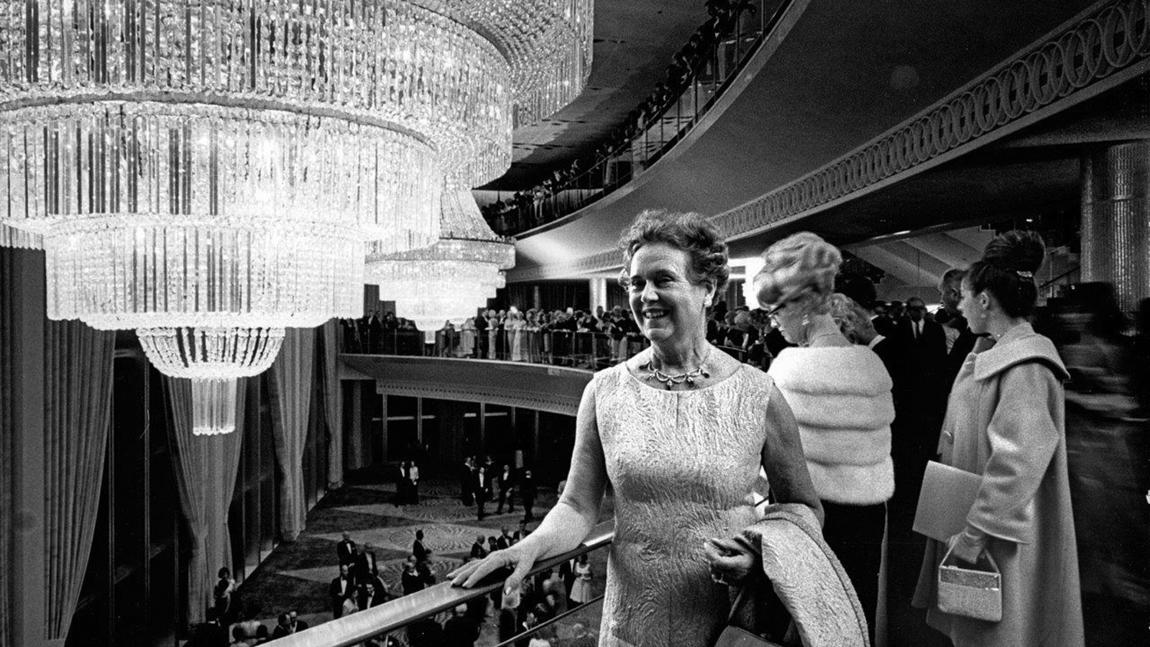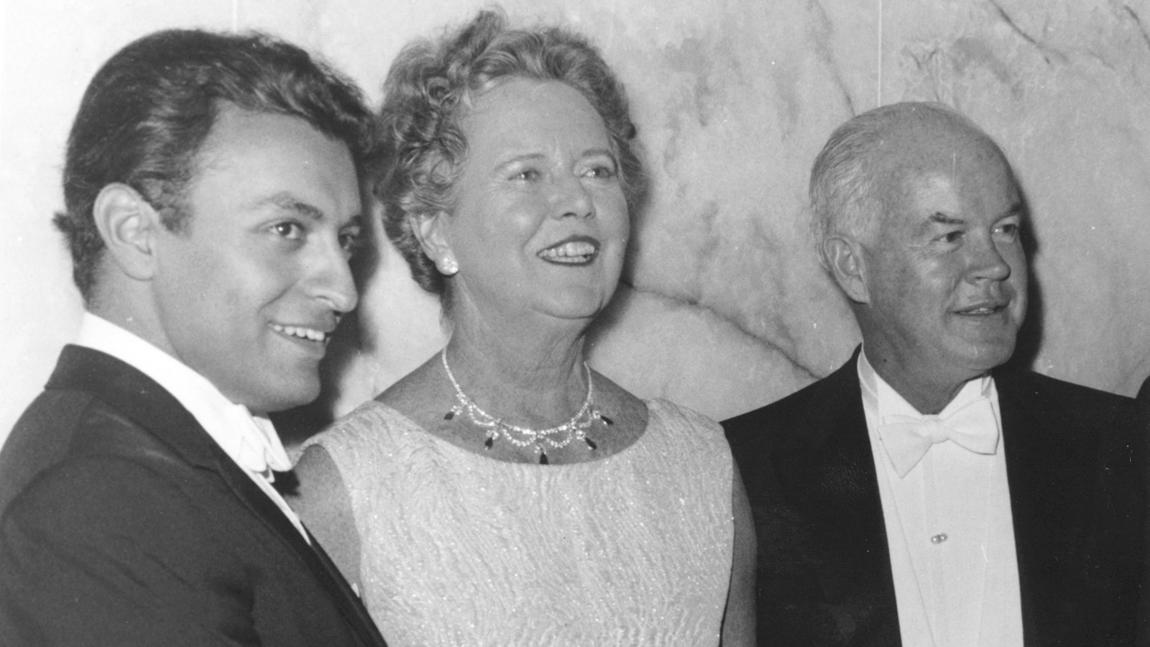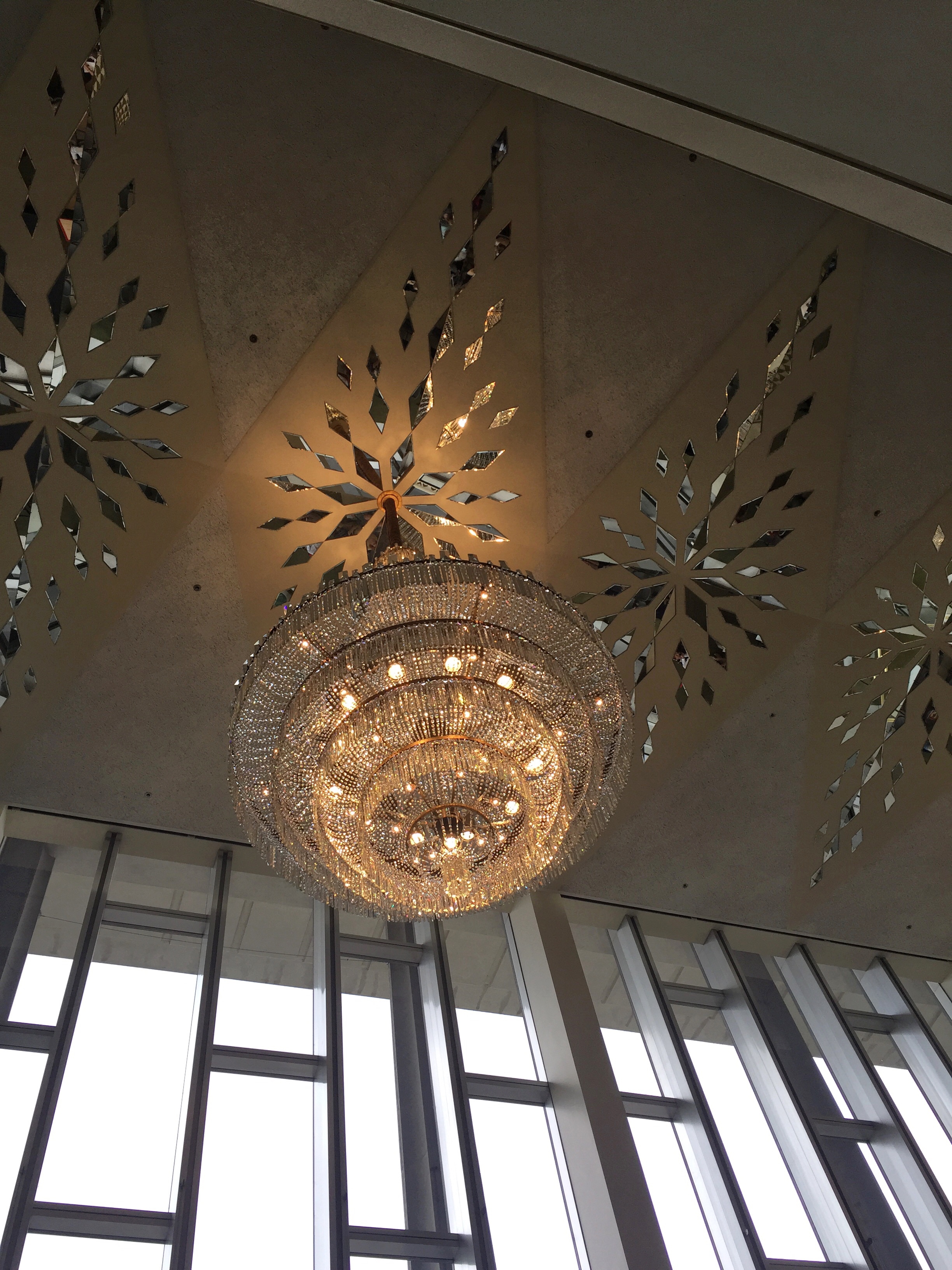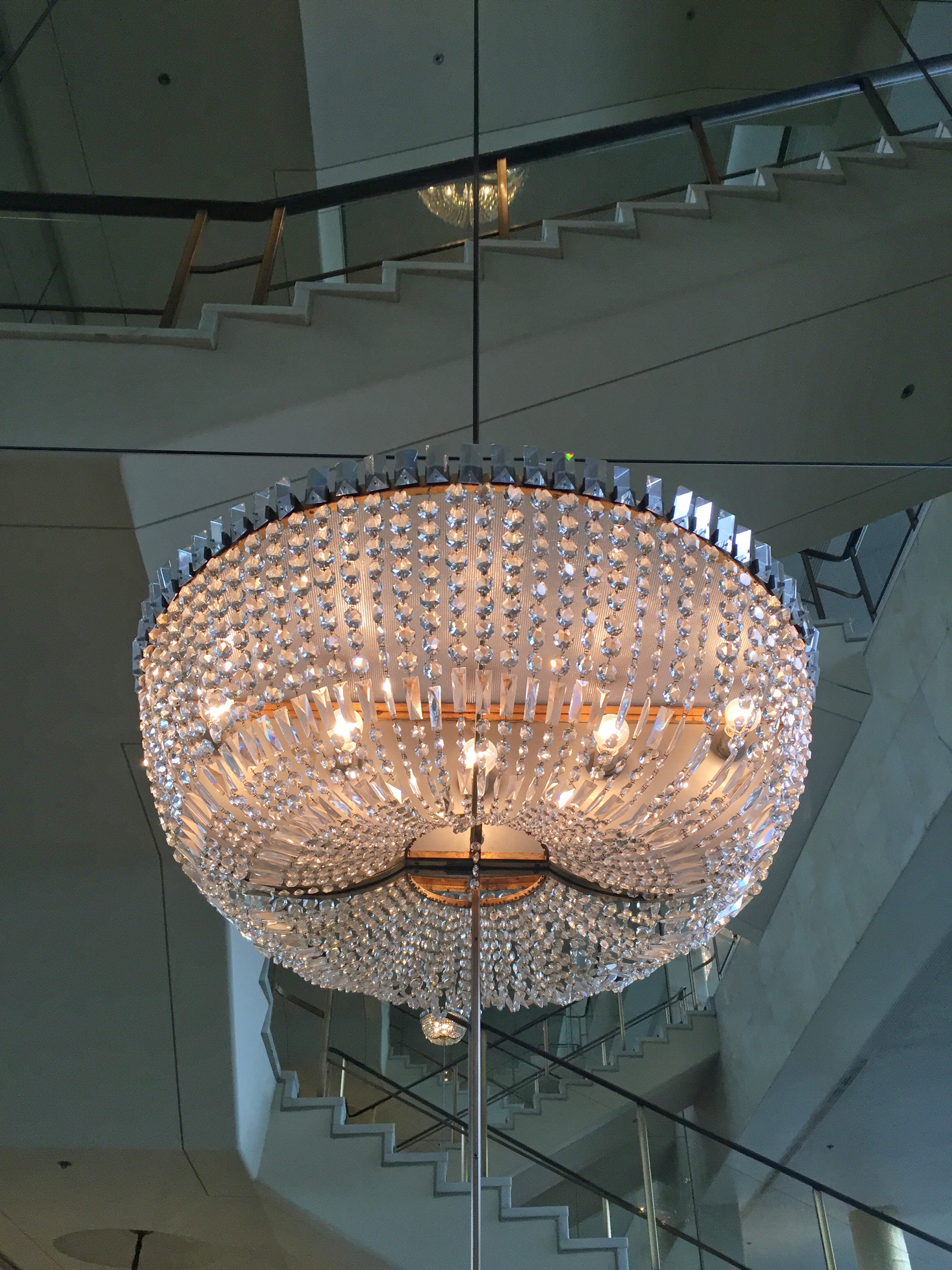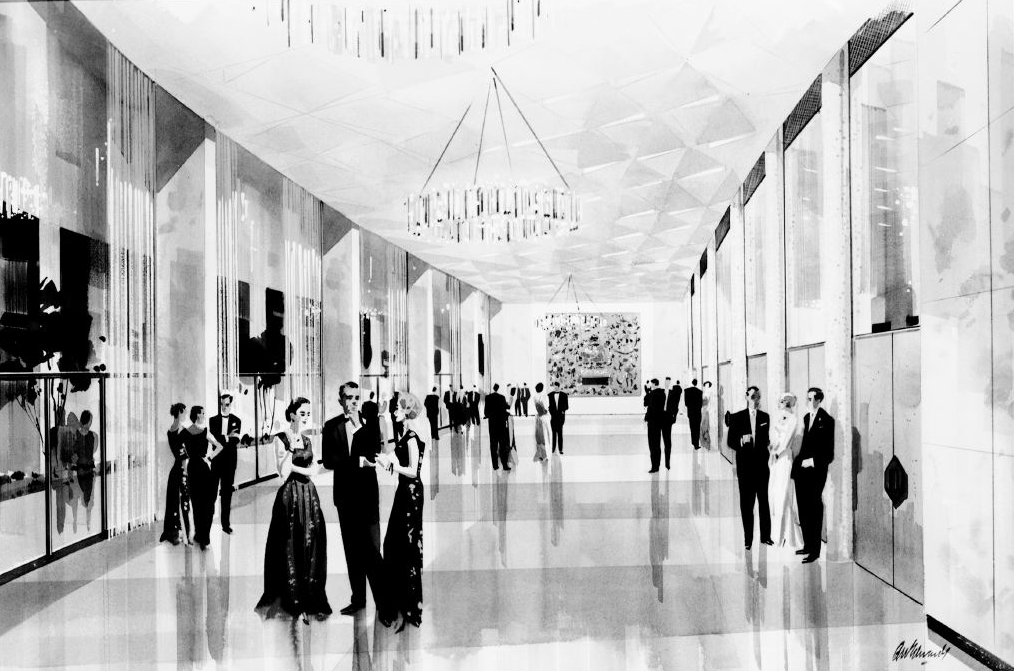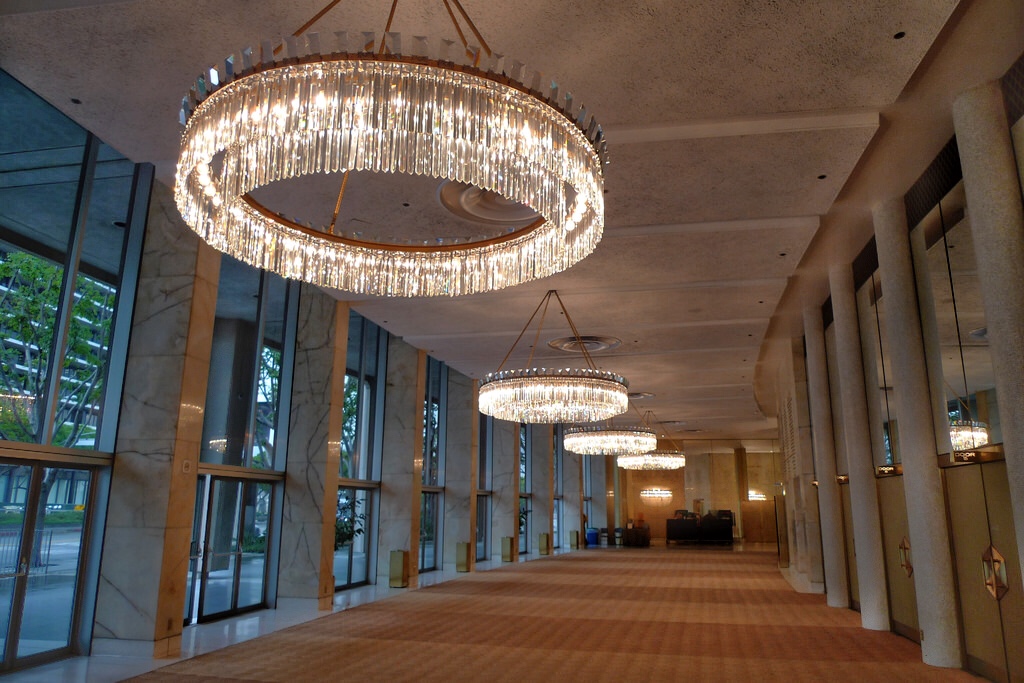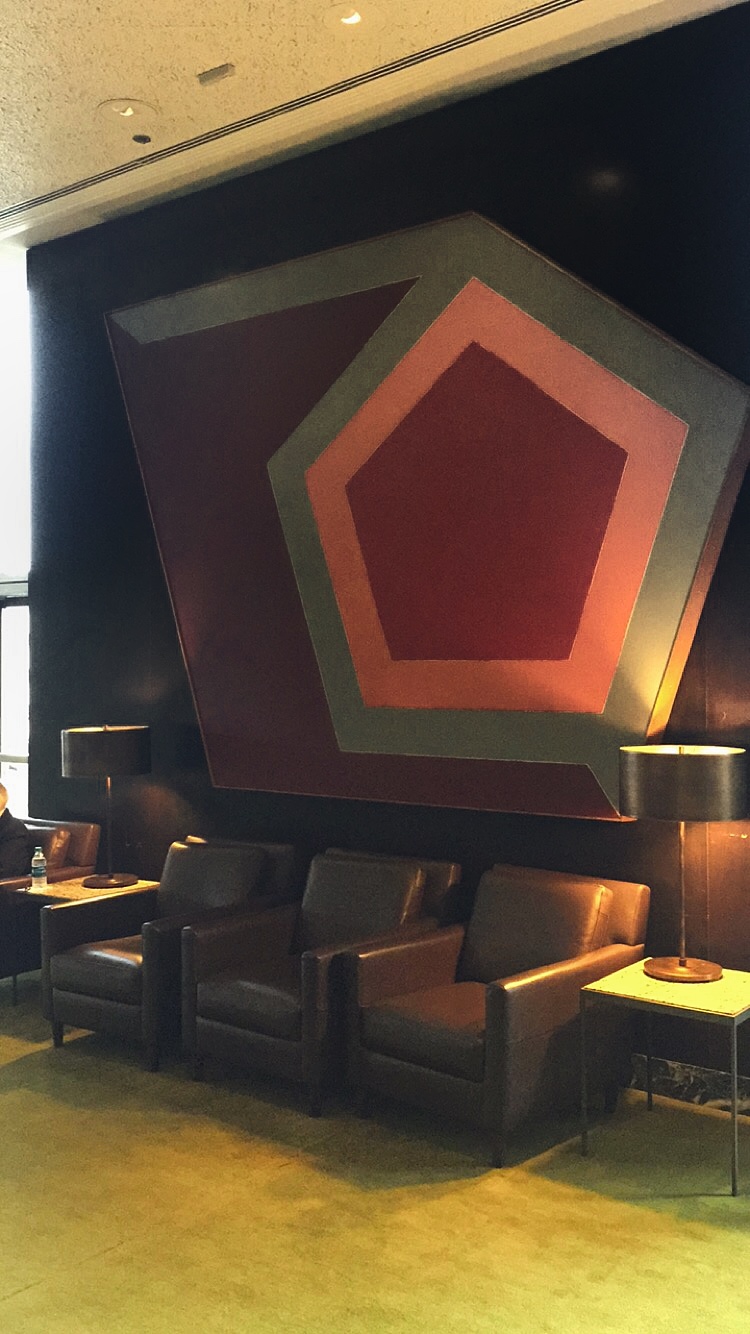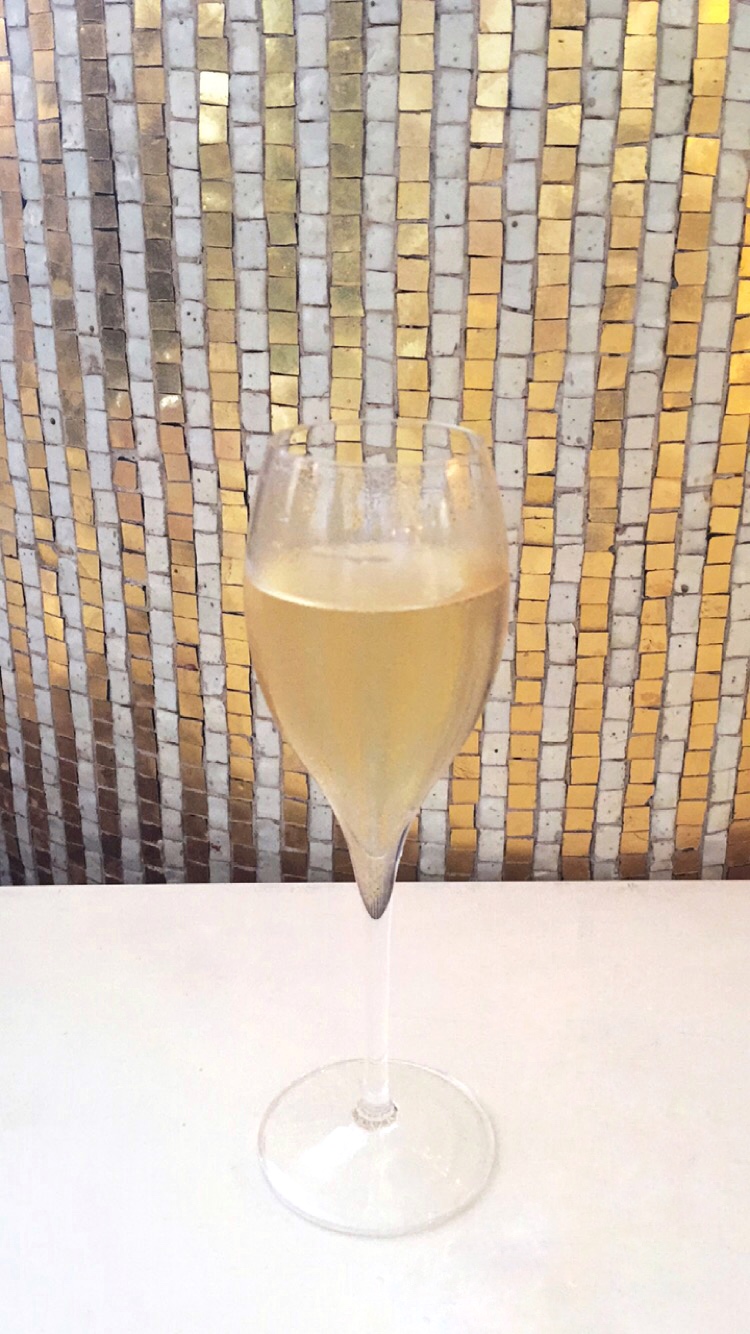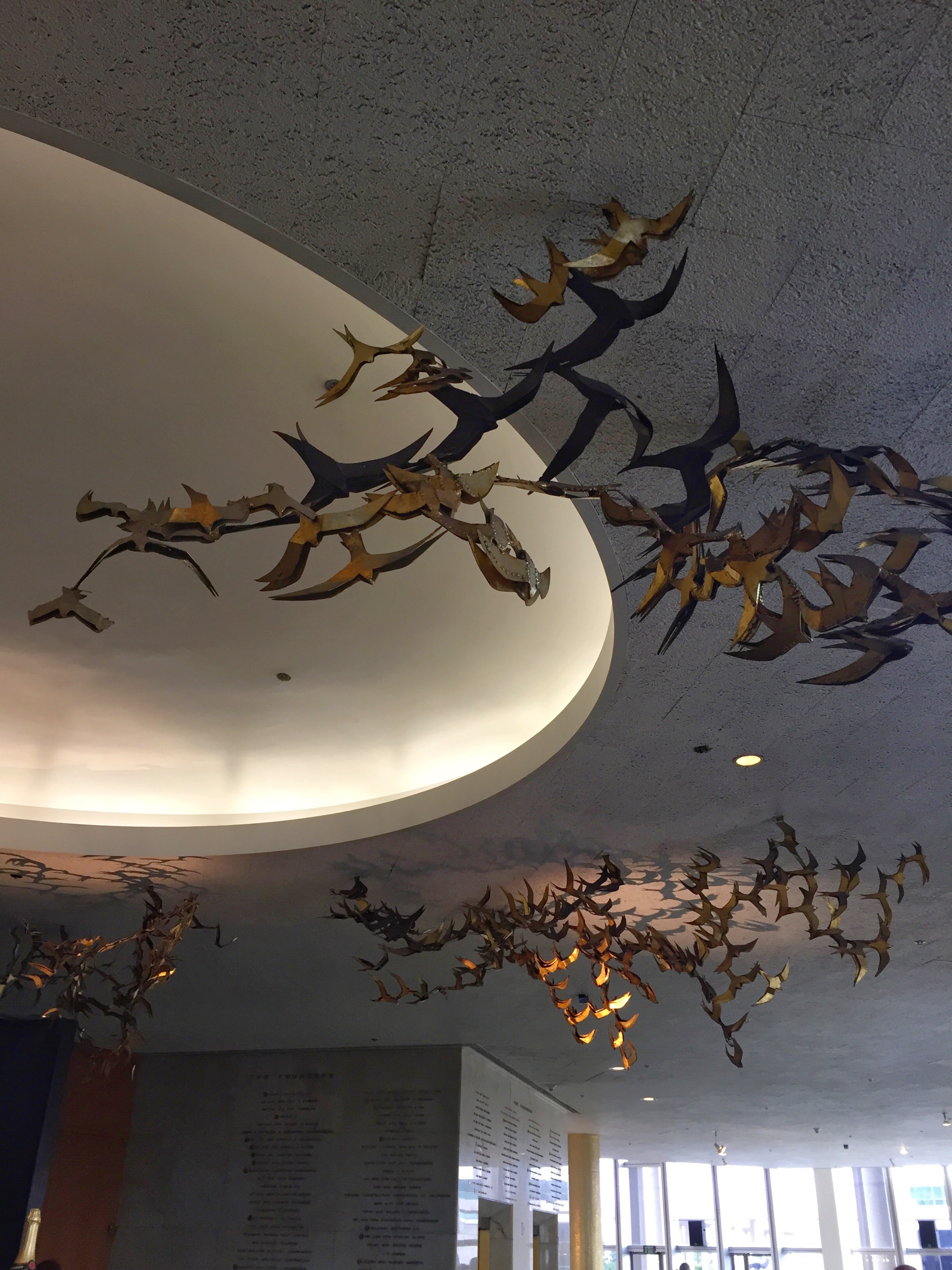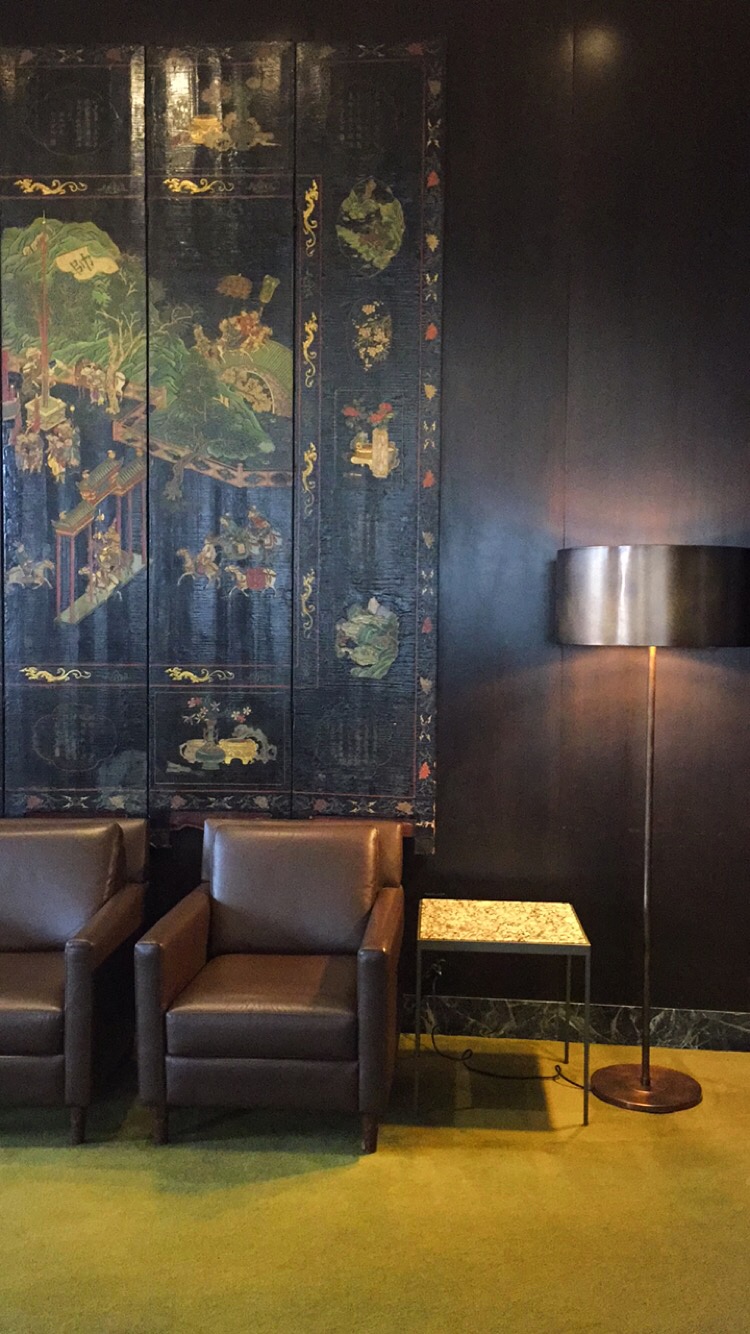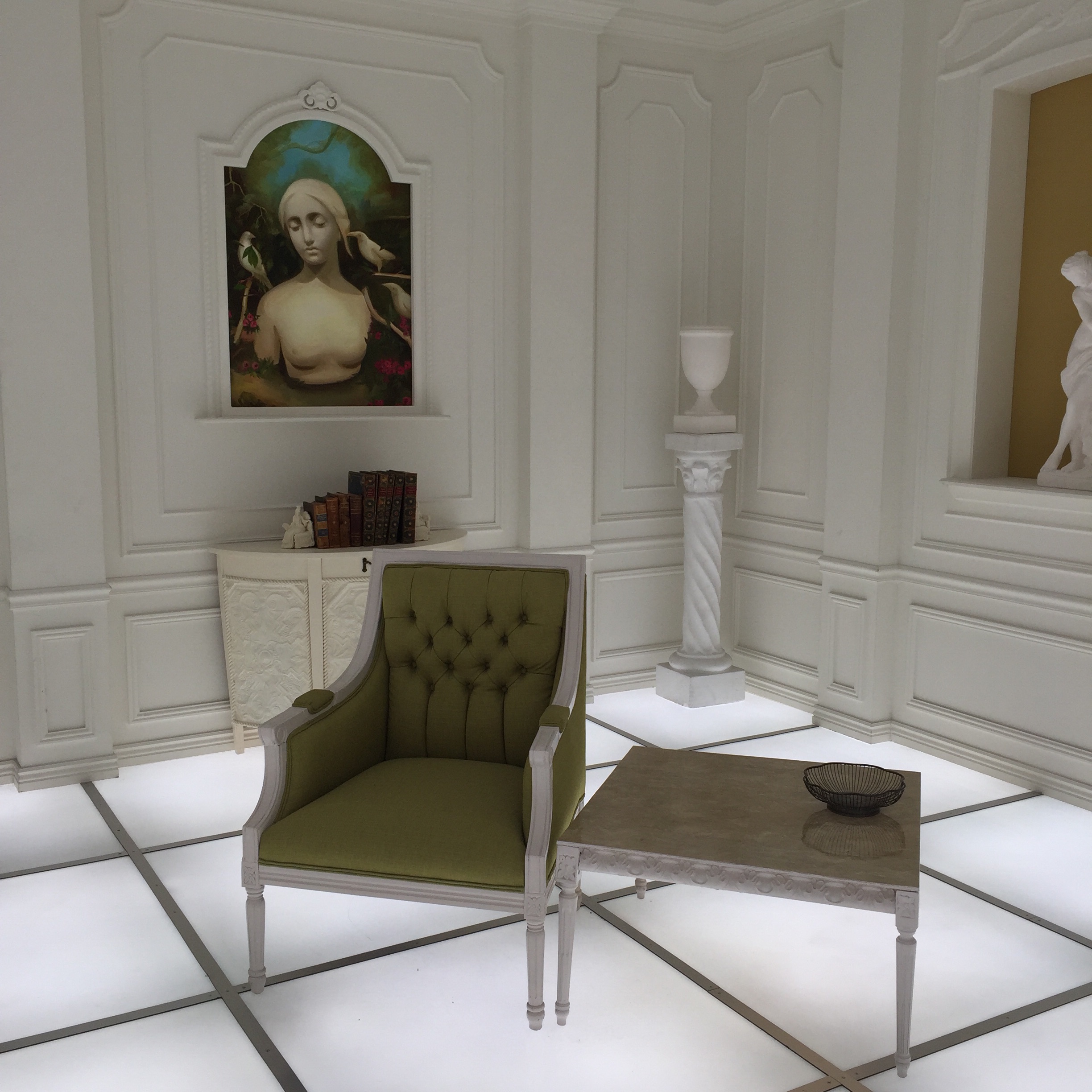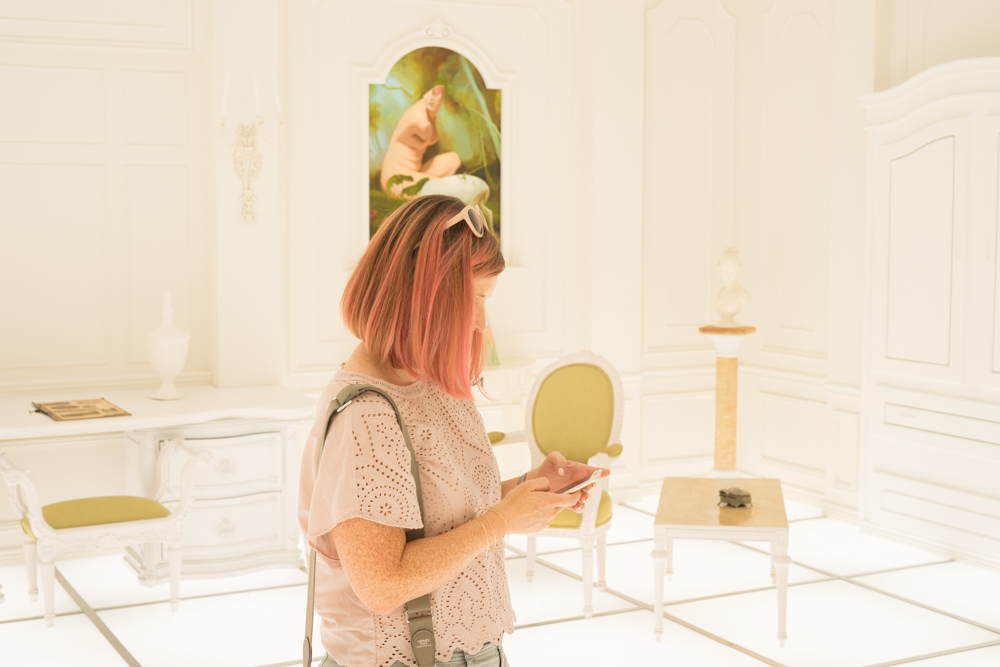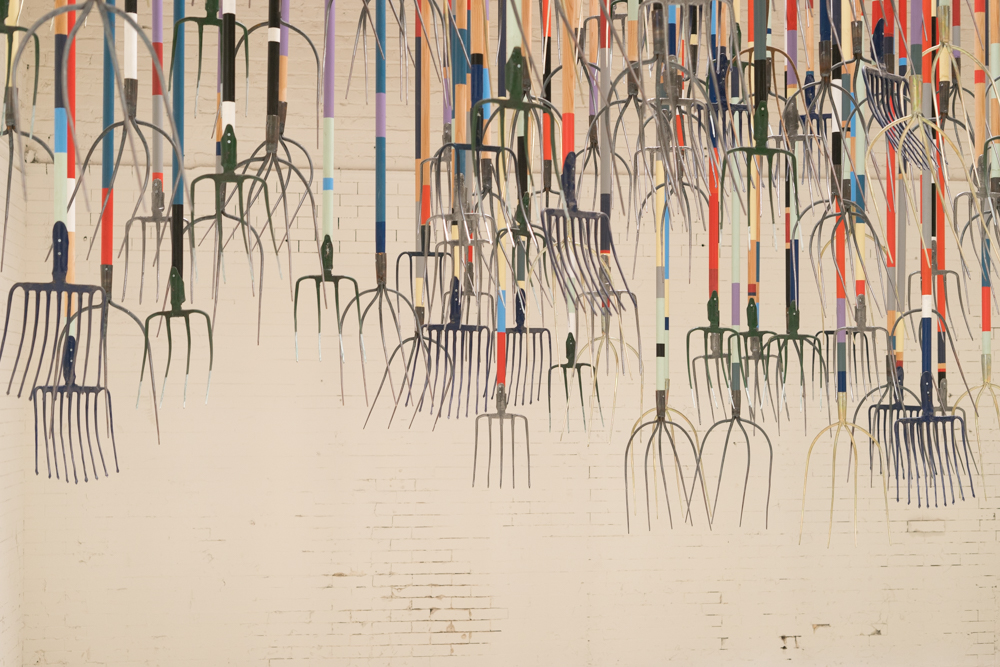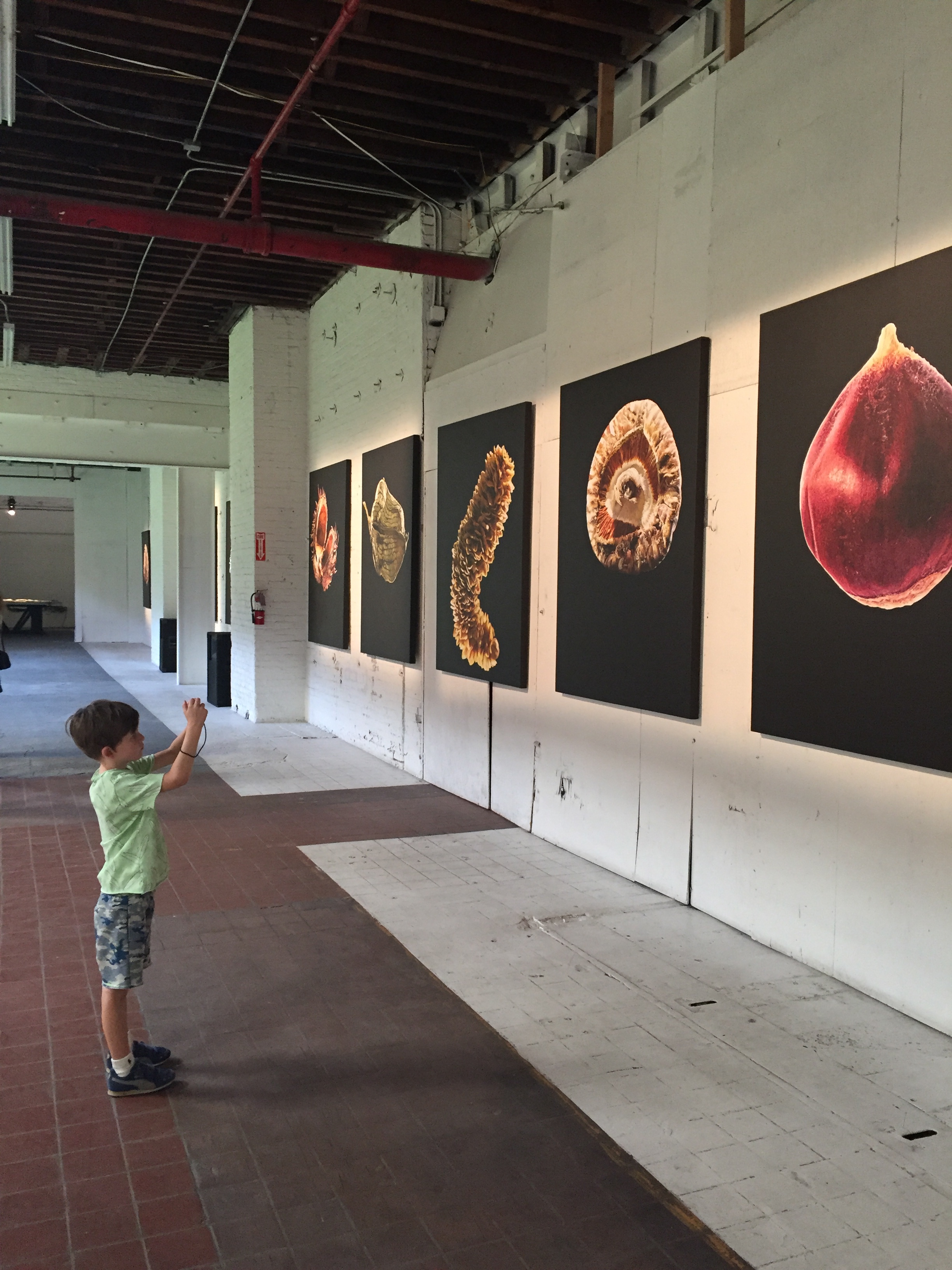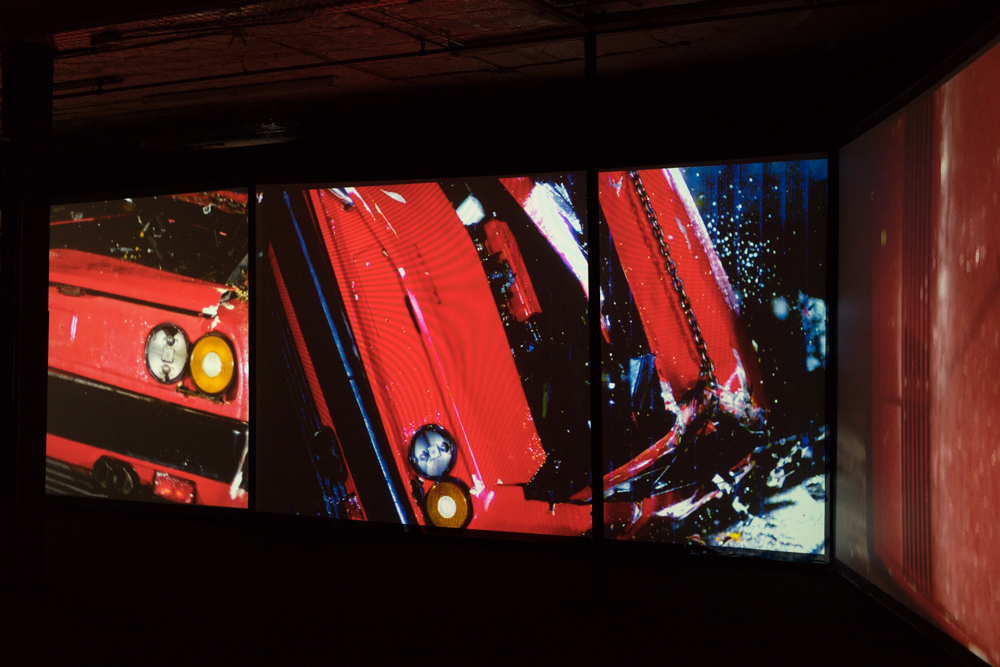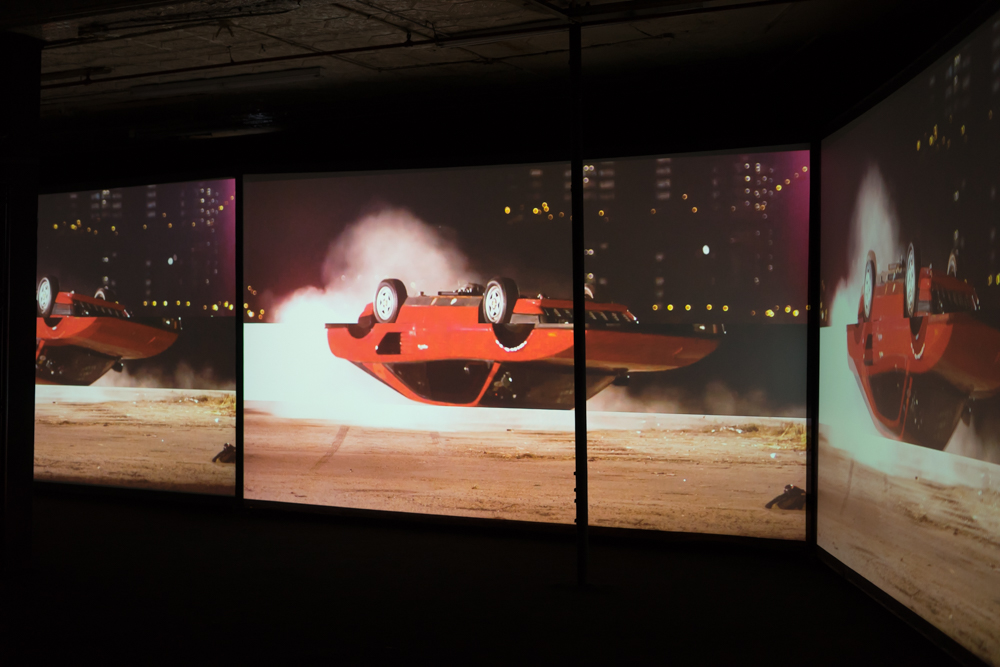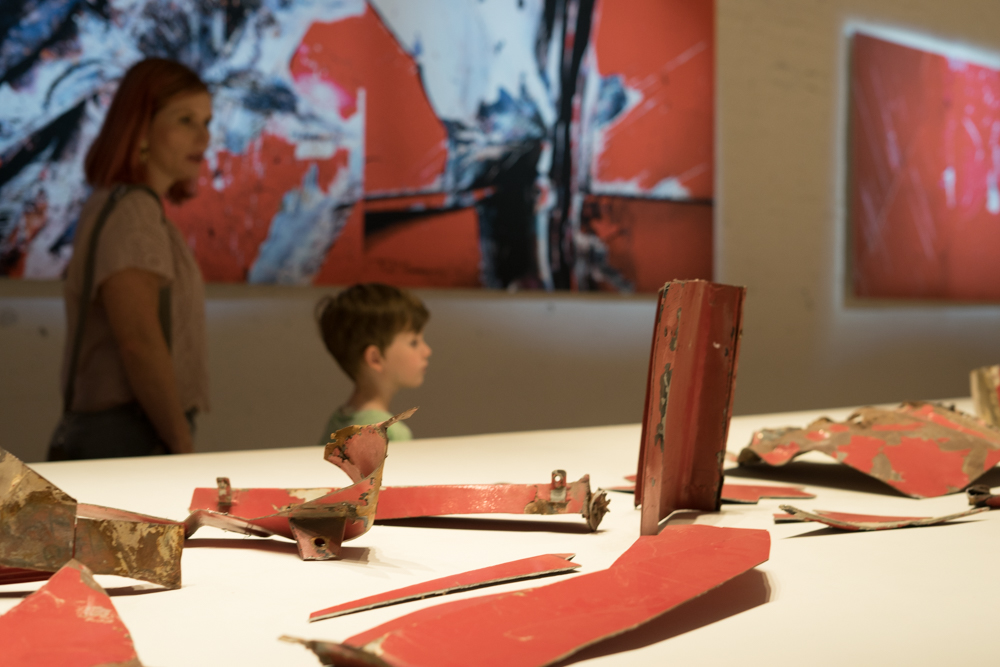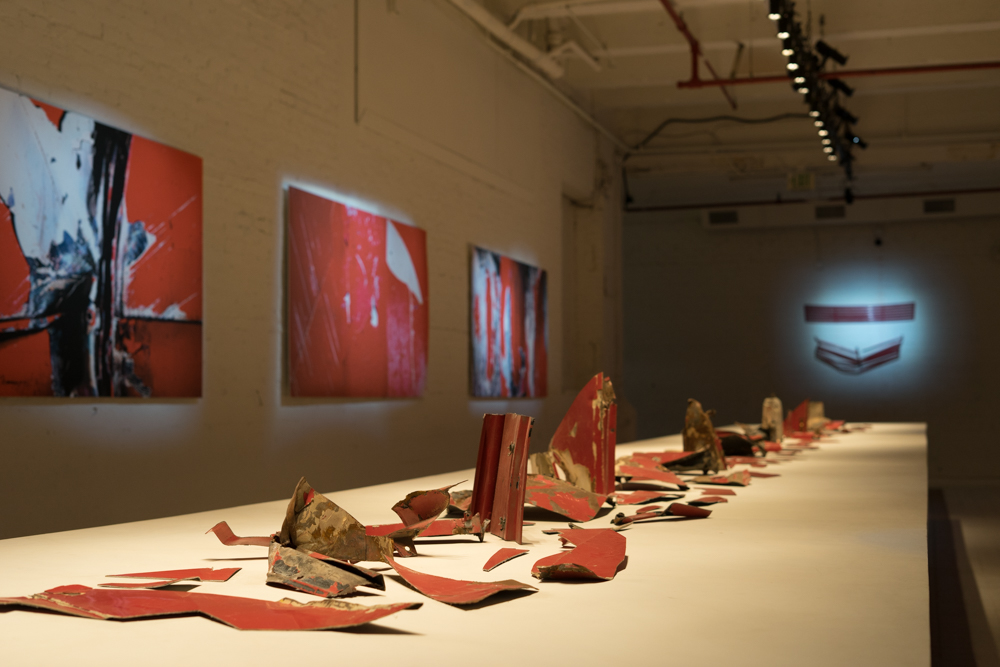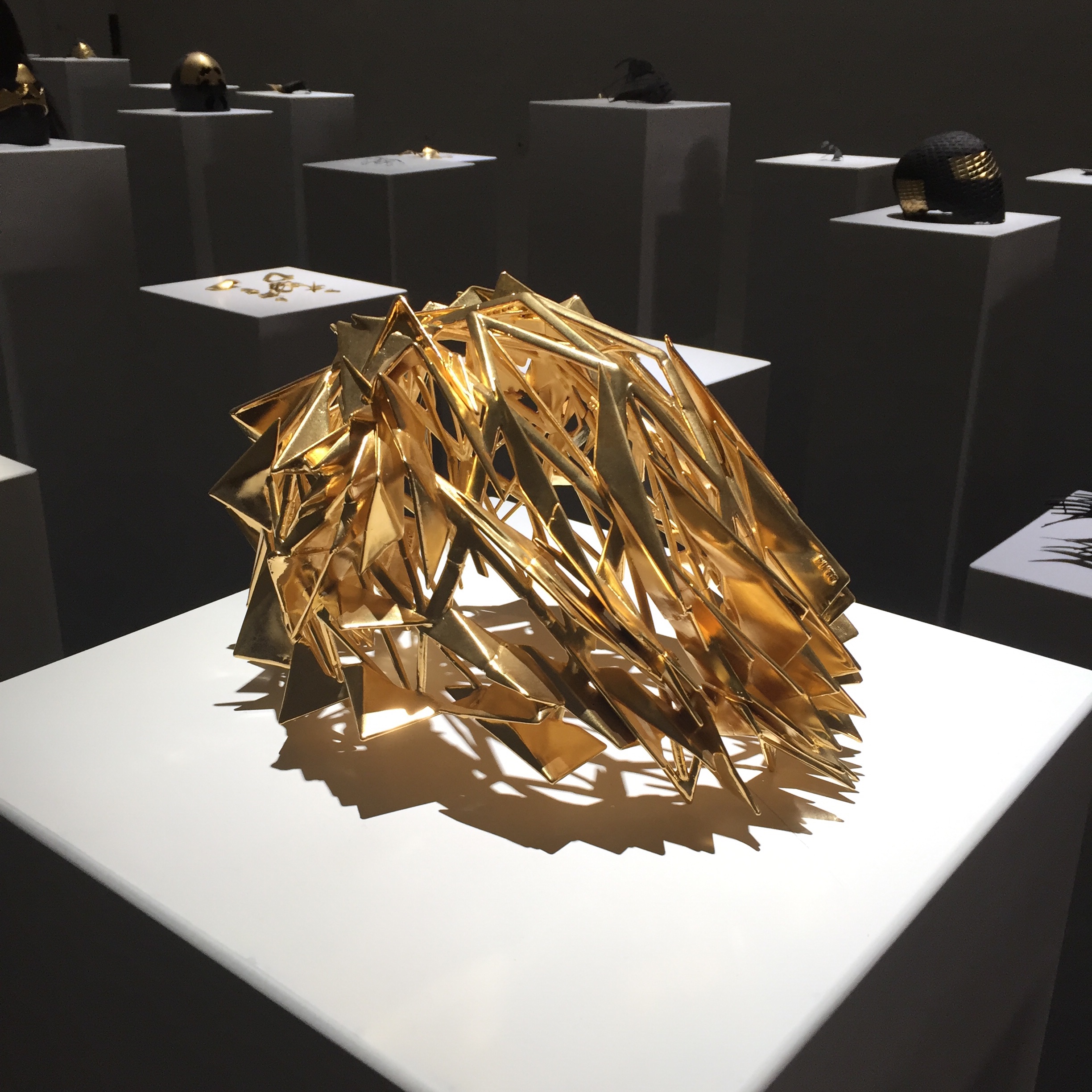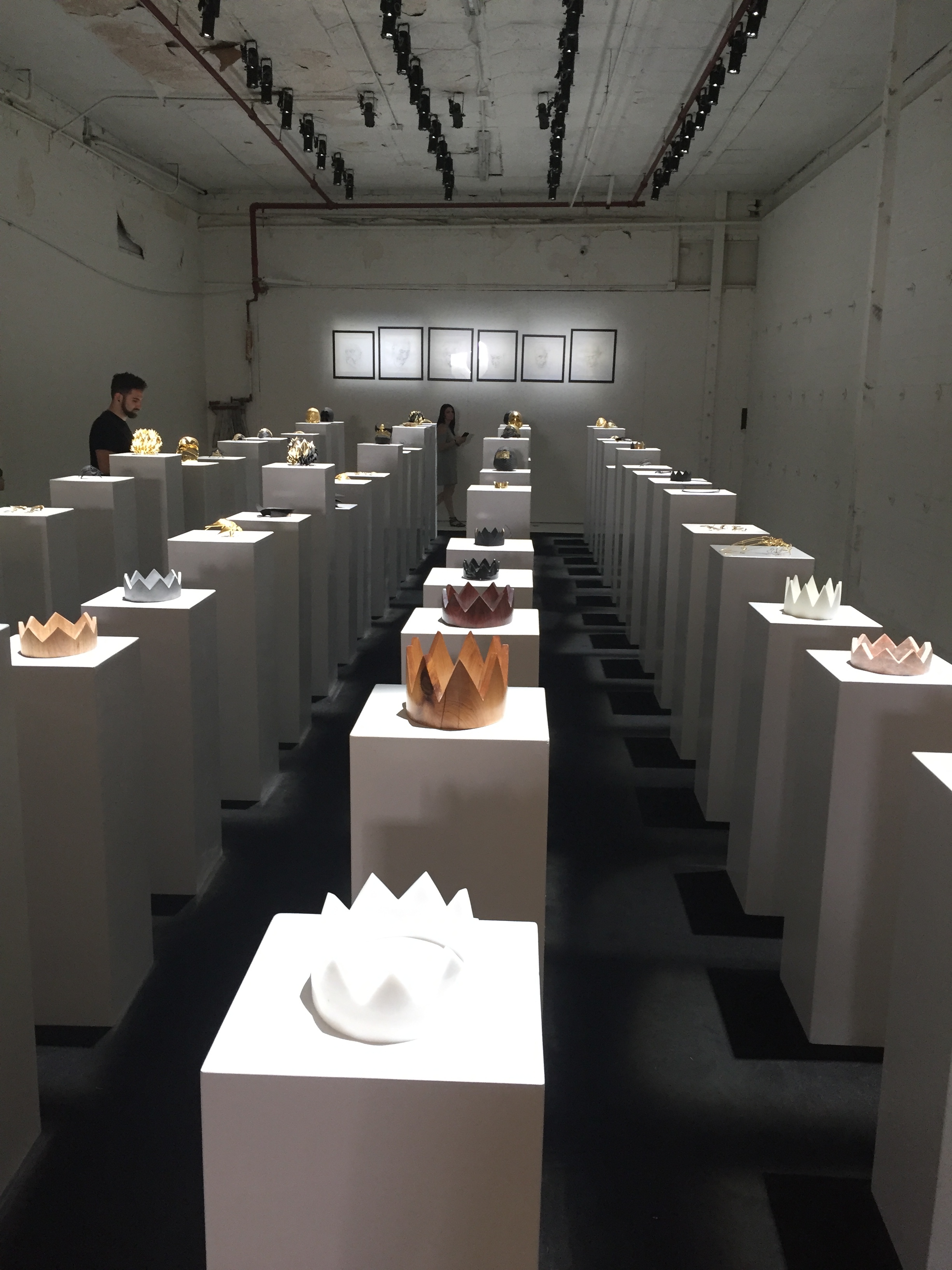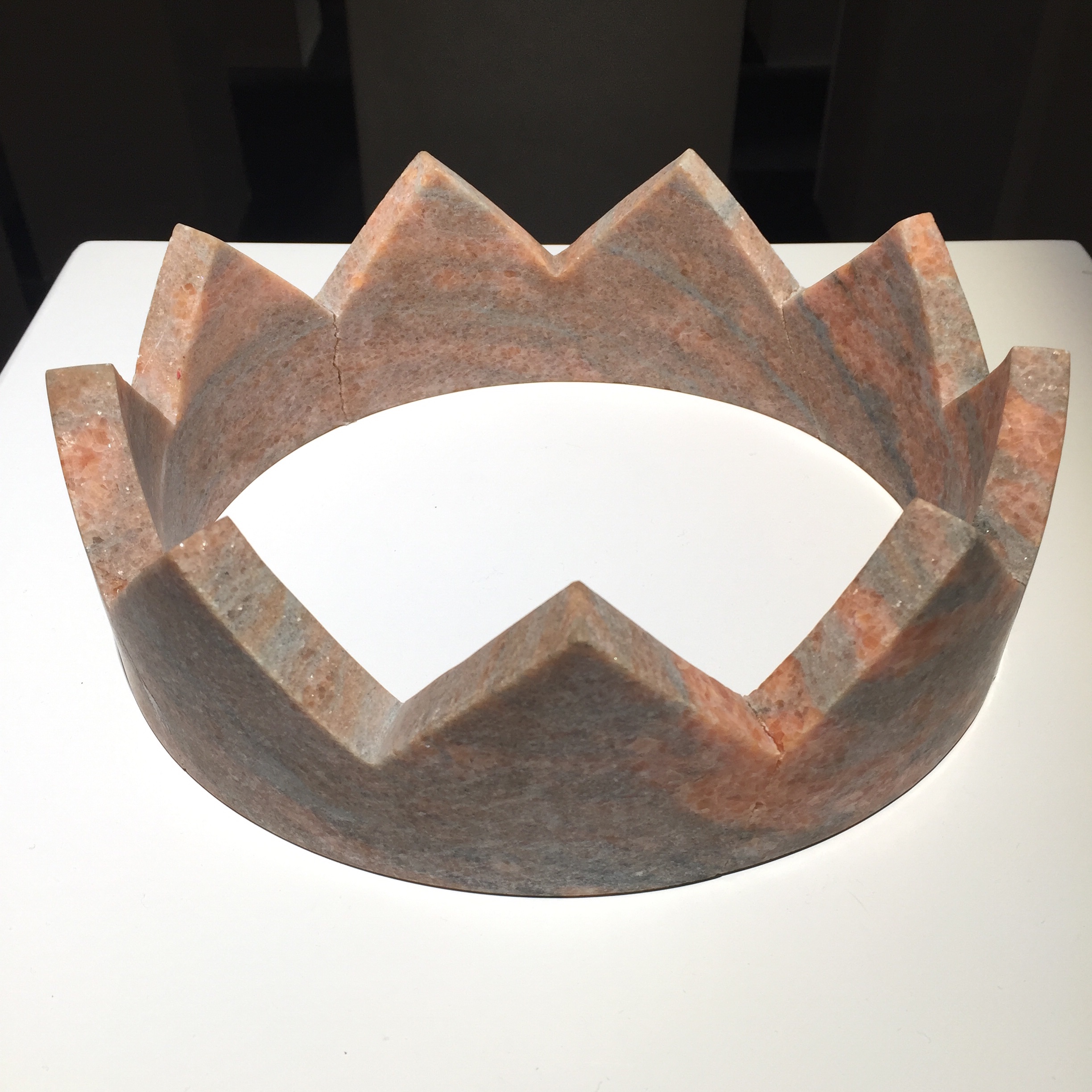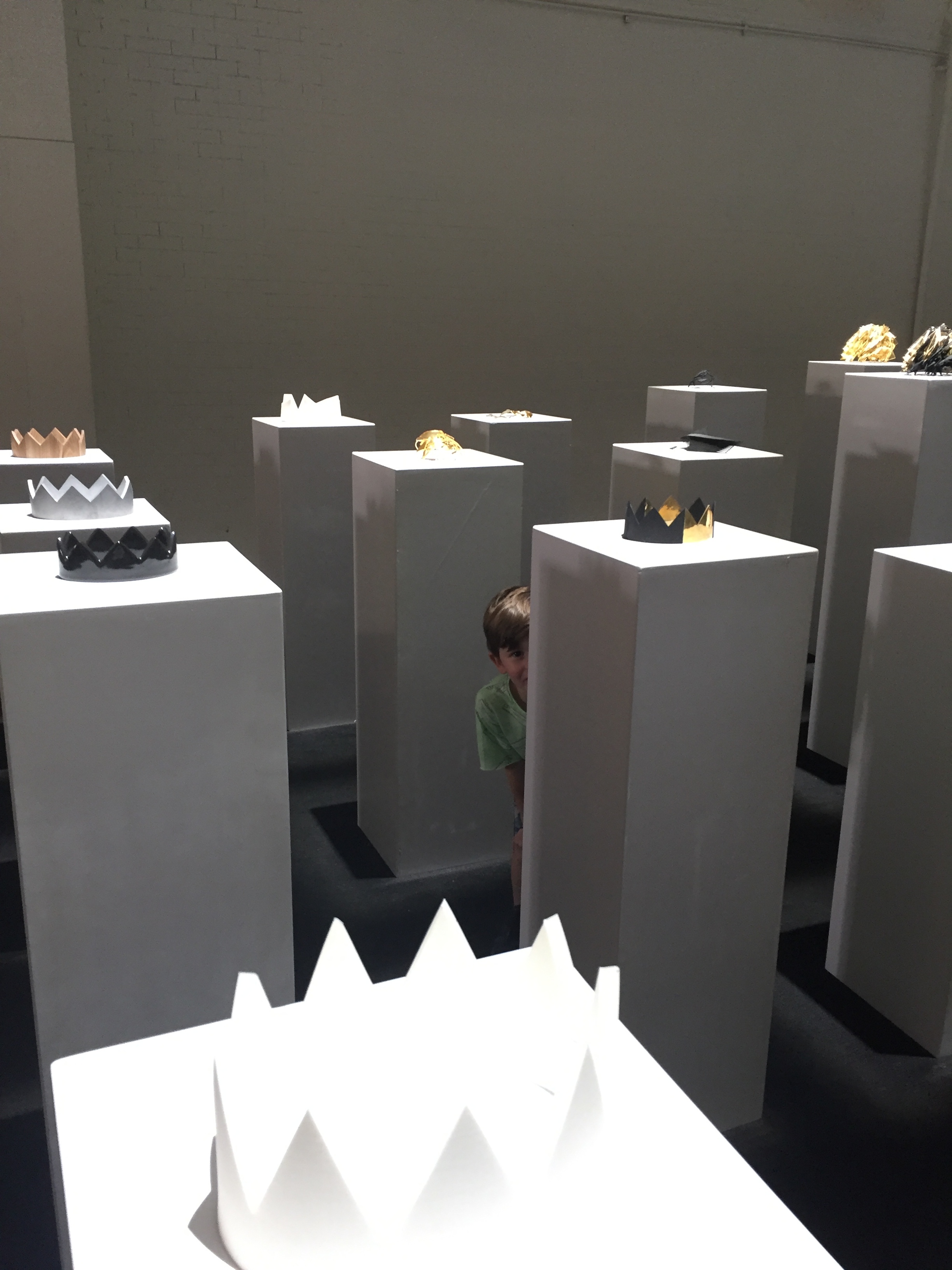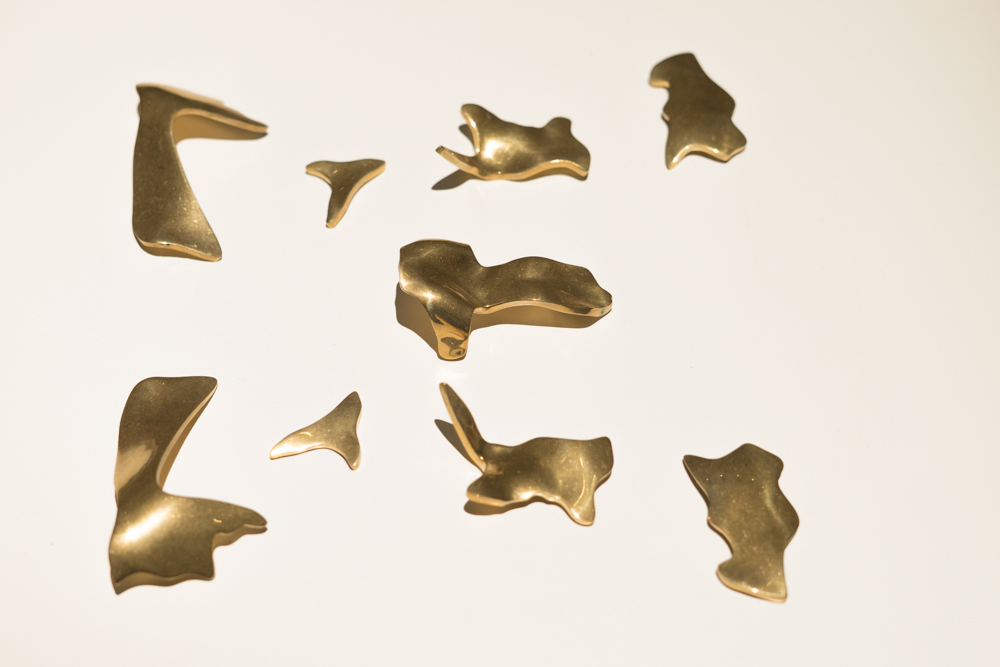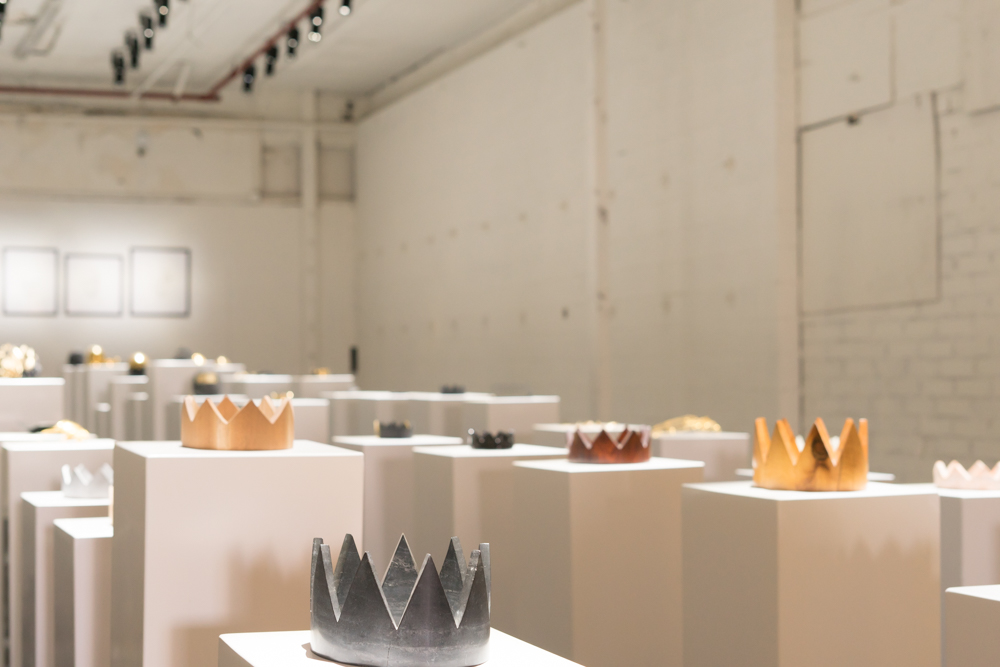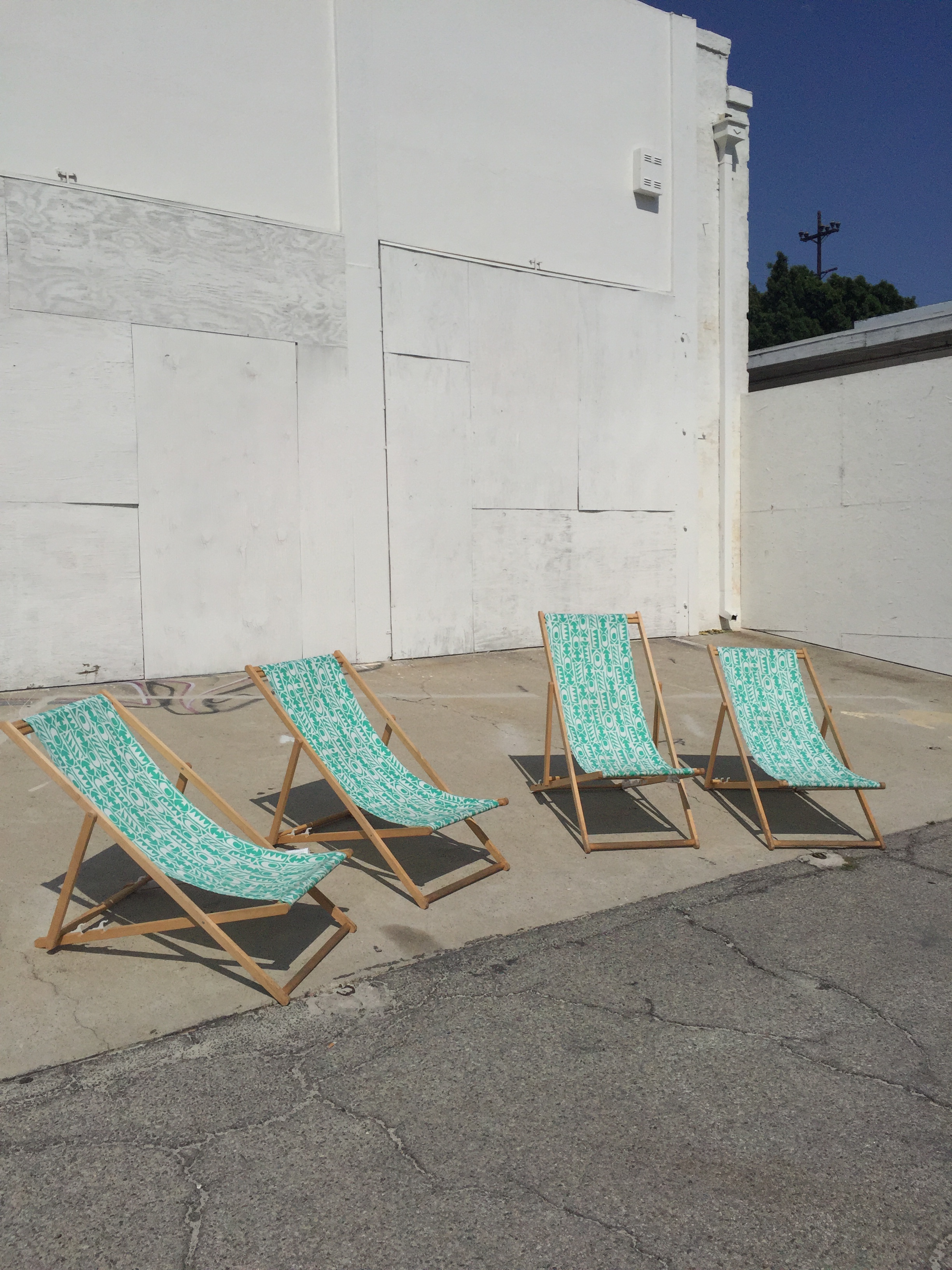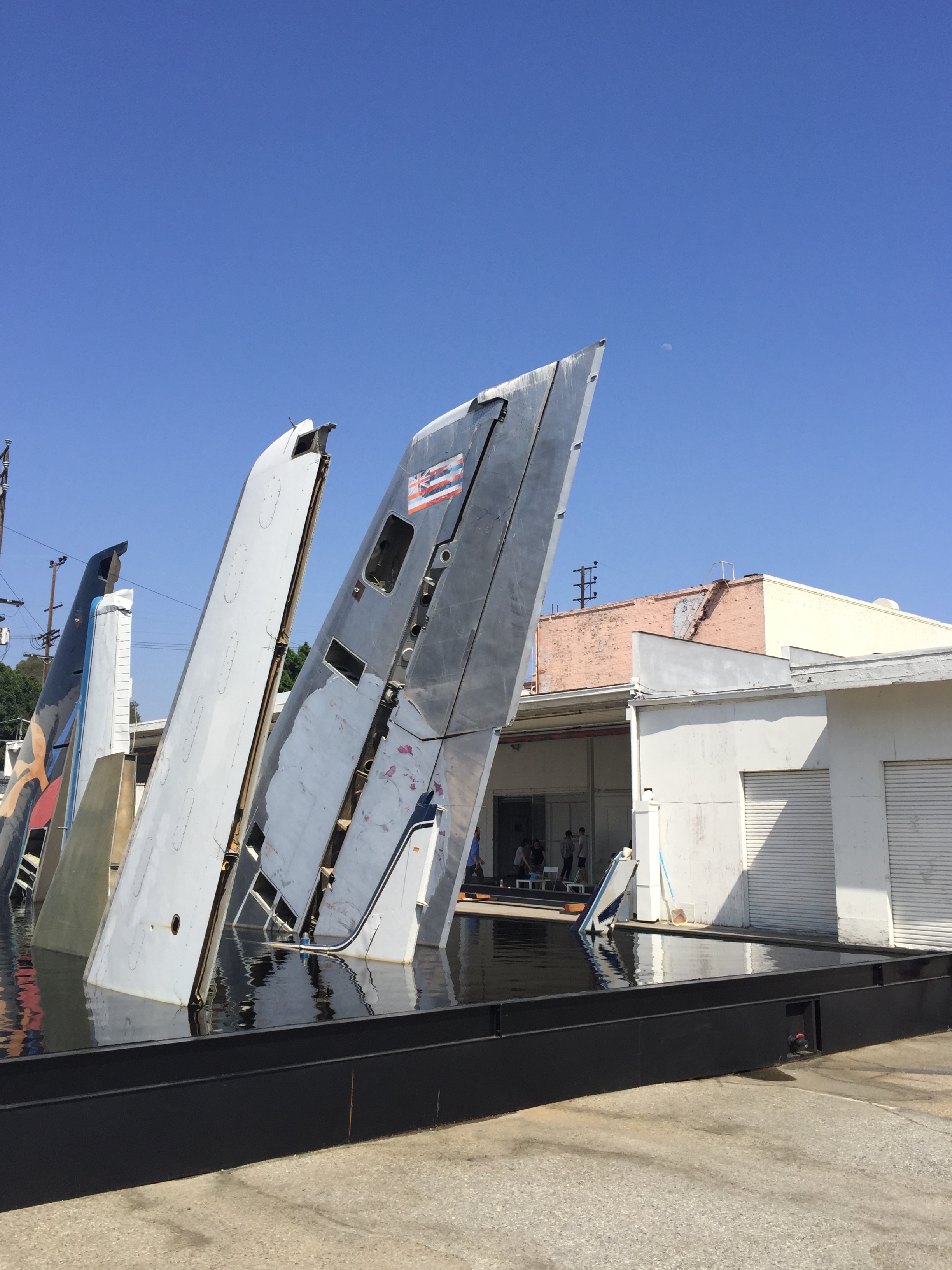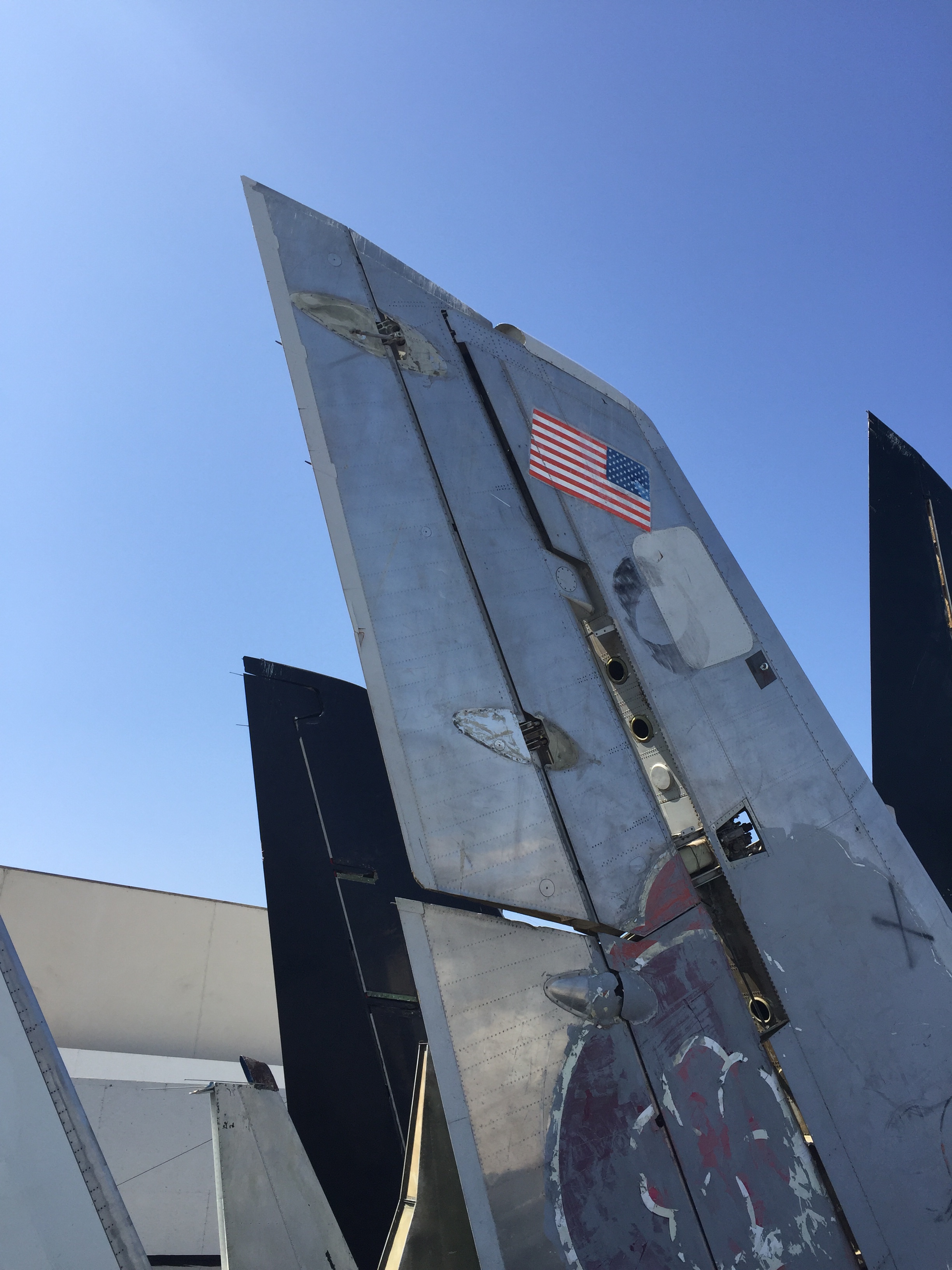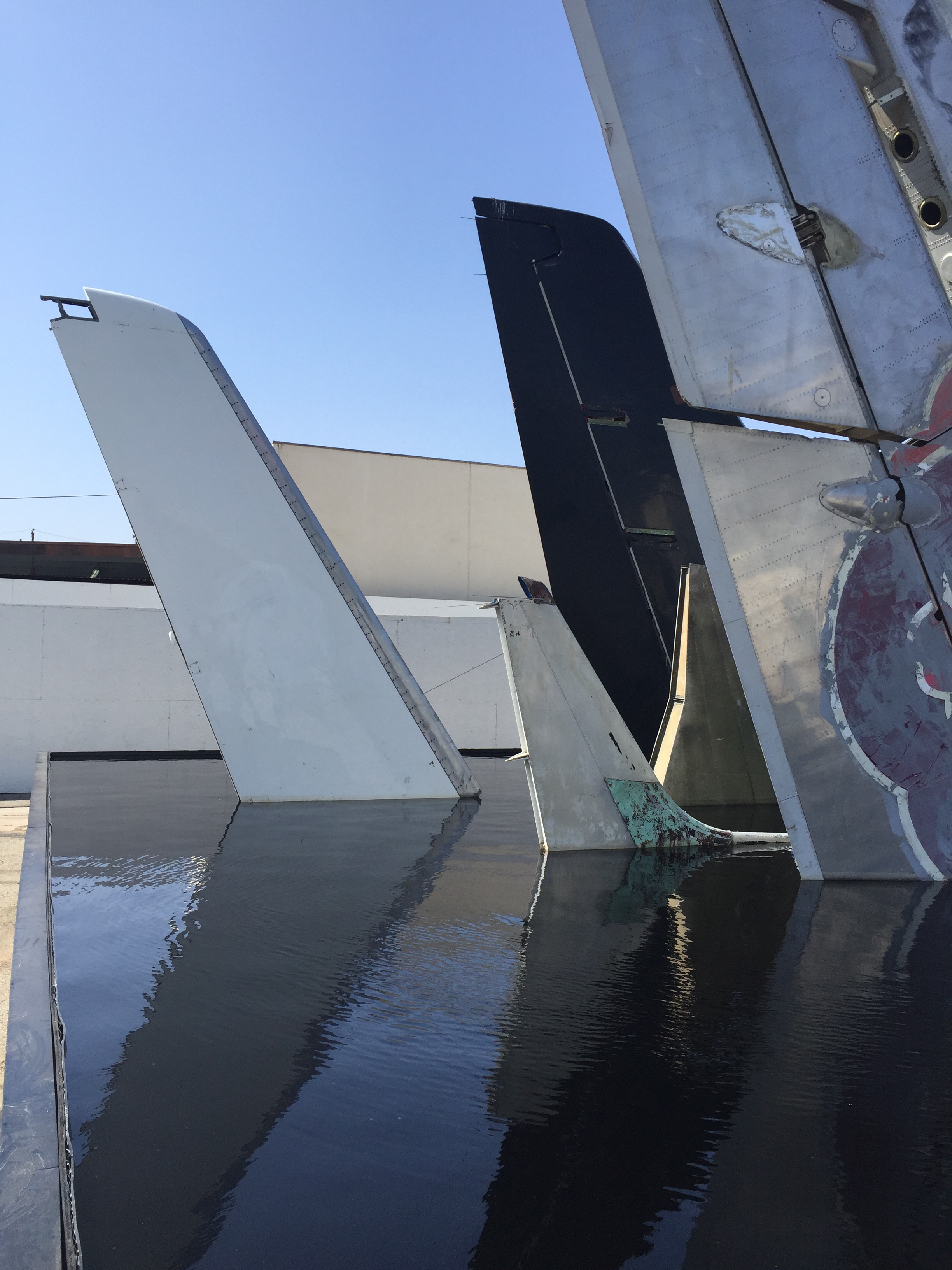My first memories of opera, take me back to grammar school. My mother had briefly trained to be an opera singer before abandoning it in pursuit of becoming a doctor. Of the two, she found medicine to be the lesser difficult discipline even though she was one of only three women in her USC medical school class. Whenever she picked me up from school I was greeted with Die Zauberflüte or another one of her favorites blasting out of her car, announcing her arrival in the carpool lane. Despite enjoying opera, I'd actually never been to see one before. Truth be told I think I was a little intimidated. Going to the opera was for aficionados, people who knew every aria and composer by heart. Nevertheless, I was excited when my mom asked me to join her to see Carmen at the LA Opera.
On the left, the original Carmen, Célestine Galli-Marié in Carmen, by Henri Lucien Doucet (1884), musée de Marseille.
Above illustration of Carmen by Luc for Journal Amusant 1875, a french satirical weekly magazine.
Before every performance, the conductor, James Conlon, gives an hour long introduction. He is also the music director and has quite an impressive career, conducting at La Scala in Milan and over 270 times at the Metropolitan Opera in New York in addition to serving as the director of the Paris National Opera. He's a great speaker, very informative and I appreciated the backstory of Carmen that he gave while dropping little fun facts and juicy tidbits about its inception. The orchestra is below the stage so you can't see the musicians during the performance but you can see Conlon with his hair whipping back and forth as he waves his baton energetically. Mozart in the Jungle was in the back of my mind as I watched him conduct.
Ana Maria Martinez as Carmen. Photo by Ken Howard / LA Opera
I had always thought of Carmen as a Spanish opera. I was partially right, it takes place in Spain, but is sung in French (Bizet was French). Since I speak French, it was fun trying to decipher some of the arias as they were sung and not solely relying on the subtitle teleprompter that hangs above the stage. It was adapted from the novella by Prosper Mérimée, that came out in 1845. Georges Bizet adapted the story of Carmen into his opera and died three months after it debuted in march of 1875, at the age of only 36! Similar to Mozart who died at 35. It's remarkable to think what both of them could have achieved if they had only lived longer.
In the 19th century, Spain seemed like an exotic and distant backdrop for the story of a Roma femme fatale whose magnetic charisma and sultriness captivated every man she encountered. Carmen is on her work break from the local factory when she meets Don José, a naive soldier who is the only man in the square oblivious to her charms. She is intrigued by this challenge and sets her sights on acquiring his affections. After a factory dispute ensues, Don José is ordered to question and imprison her but she escapes with his help, he is then put in jail and reconnects with her upon his release. After a scuffle with his commanding officer, Don José is forced to desert the military and his mother and her wishes for him to marry the girl next door. He joins Carmen's gang of smugglers but becomes jealous that meanwhile Carmen's feelings have shifted to a well known matador named Escamillo. Incensed, Don José kills Carmen in a fit of rage outside the arena.
With all this melodrama, I was surprised to learn that Carmen is considered Opéra Comique. Essentially that means to separate musical numbers with dialogue. Carmen is a feminist prototype, she is unapologetically in control of her own destiny. She is completely transparent about her motives both to do what she wants and to love freely. "L'amour est un oiseau rebelle" She does what she wants when she wants, sometimes rather capriciously. The opera's depiction of lawlessness, immorality, and the murder of the main character made for a bold subject matter both at the time of its writing and even today. Carmen has become one of the most popular operas thanks in part to its many well known arias such as Habanera and Toreador.
Flamenco in Carmen. Photo by Ken Howard / LA Opera
Not only are there wonderful singers in Carmen, there are also talented flamenco dancers. They give a physical expression to Bizet's dialogue and assist in the telling of Carmen's story. They are led by Spanish choreographer Nuria Castejón, a dancer with the Ballet Nacional de España and choreographer for Pénelope Cruz in Pedro Almadovor's Volver. Their costumes are magical as they stomp, heels clicking with fringe flying. The toreador's costumes were also fantastic with satisfying detail all the way down to the pink socks!
If I were dressing Carmen, I would pair my Hazel tassel earrings in Onyx and this embroidered tulle dress by Needle and Thread
Taking a bow at the end of Carmen
Such a revered opera calls for an impressive setting and the Dorothy Chandler Pavilion of the Los Angeles Music Center does not disappoint. It's hard to believe that once upon a time, this center did not exist. In fact, it's only 53 years old. Dorothy, the wife of the former LA Times publisher Norman Chandler, spearheaded the fundraising efforts to get the center made. At the time, the Philharmonic was sharing a performance space with a local church since the early 20's, and Dorothy Buffum Chandler thought that Los Angeles deserved something a little more dignified in stature. The center was built by Seattle transplant architect Welton Becket and Associates, responsible for iconic Angeleno buildings such as the Capitol Building, the Beverly Hilton (the home of the Golden Globes), Pan Pacific Auditorium, Cinerama dome and LAX Theme building to name a few. Built from 1964-1967, becoming at the time the nation's second biggest music center after Lincoln Center in New York.
Photos from Top to Bottom, Dorothy Chandler at the opening in 1964. Zubin Mehta, left, Dorothy Buffum Chandler and architect Welton Becket. Eva and Marc Stern Grand Hall with lattice windows. One of many chandeliers in the grand staircase.
Gustavo Dudamel isn't the only young music director that the Los Angeles Philharmonic has had. Bombay, India born Zubin Mehta, was only 28 when he became the music director at the time of the opening! He was known as Zubie Baby and the Swinging Symphonist. The ushers were dressed in raspberry and orange red Nehru collared jackets in tribute to his heritage.
Architectural drawing of the orchestra foyer by Welton Becket and Associates. The foyer today.
The philharmonic played at the Dorothy Chandler Pavilion until 2003 when it moved down the street to Disney Hall. The building while not overly impressive from the outside is quite grand on the inside. It houses large lattice like windows and countless chandeliers from the sixties. Upstairs where the talk is given prior to the opera, there is a bar with a large Frank Stella painting and an adjoining nook with Chinese wood screens that make you want to curl up with a whisky cocktail and a cozy conversation. It's like entering a time warp but in the very best way. All the decor appears to be original, from the pea green carpet and dark paneled walls to the ornate chandeliers. This is an impressive feat in a city like Los Angeles that loves to tear down or remodel anything that is remotely past its prime.
Frank Stella Irregular Polygons, 1966. Champs baby! One must have champers at the Opera. Pictured in front of one of many gold mosaic tiled columns. Gilded swallows swoop around the mezzanine bar, Chinoiserie in the mezzanine.
You can see Carmen this Saturday, September 23rd as it's simulcast live in Santa Monica (for more SM info click here) and Exposition Park. Admission is free, doors open at 5 pm and show starts at 7 with a running time of 3 hours 25 minutes with 2 intermissions. Bring your chairs and blankets and picnic under the stars. Los Angeles magazine is even hosting a Wine Terrace on the pier. Sadly, no alcohol is permitted at Exposition Park. For more info on Exposition Park, click here.
Opera under the stars in Santa Monica. Photo by Craig T. Matthew

